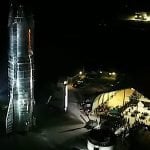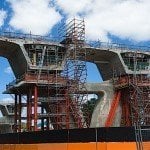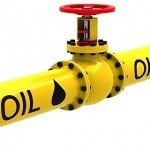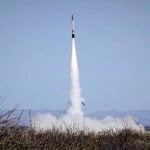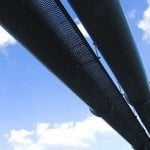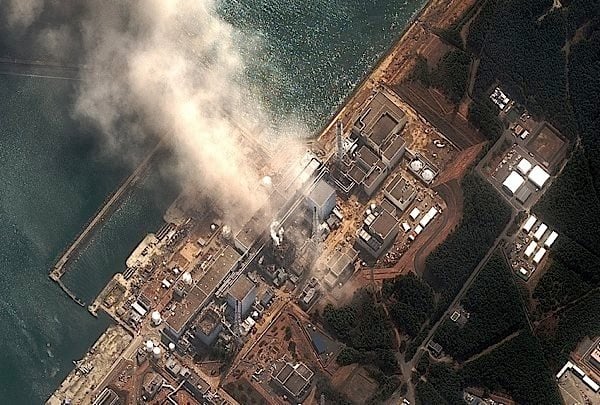
On the agenda at the International Atomic Energy Agency (IAEA) conference held in Vienna, Austria last week were threats to the world’s nuclear security from at least two sources: terrorism and entropy. In his opening remarks, the director general of the IAEA, Yukiya Amano said that all nations should take seriously the threat of terrorist attacks. He also said that nuclear facilities were coming under cyber attack more frequently.
While the threat of a terrorist attack using nuclear weapons is perhaps the more terrifying scenario, the aging of the world’s reactors also poses a serious challenge. In its annual report on the state of the world’s nuclear industry, the Nuclear Safety Review 2013, IAEA said that the world nuclear community had made “noteworthy progress” in the area of nuclear safety. Many member nations had undertaken “stress tests” to evaluate their plants’ ability to withstand “extreme events” like the earthquake that hit Fukushima, Japan. Safety performance data on 437 nuclear power plants (NPPs) around the world showed that operational safety was high. However, more than one-third of those 437 NPPs are more than 30 years old; twenty-two of them are more than 40 years old. And this aging presents an “on-going challenge” for regulators, operators and utilities.
Also, the agency notes, there are “growing expectations” that existing nuclear reactors should meet the enhanced safety objectives that would put them closer to reactors of the most recent design.
As a result of the Fukushima Daiichi accident, a number of Member States have increased their efforts in capacity building in EPR. The number of training events requested and implemented in the area of nuclear and radiological emergency preparedness and response increased. In addition to first responders and medical response training, there were more requests for training in other specific topics, such as notification and reporting, requesting assistance, and public communication in an emergency.
IAEA
Countries that have taken steps to deal with aging reactors include the US, Canada and Switzerland, the report says. The Canadian Nuclear Safety Commission published guidelines and lessons learned, it says.
There has also been an increase in activity in the area of emergency preparedness and response among IAEA member states, including Canada. In an announcement from Ontario Power Generation, the chief nuclear officer revealed last week that Canada’s first nuclear emergency response support centre will be in Ontario. It will be designed to deal with a complete failure of all electrical power to the NPP, including backup systems and portable emergency equipment. The aim would be to have reinforcement equipment dispatched to the disaster site within 24 hours. This would include diesel-powered generators, fire pumps, radiation protection equipment, battery packs and chargers, air compressors and electrical lines. The objective in such a scenario is to ensure that water gets to the boilers in the reactor, to prevent a Fukushima-type meltdown. The power supplies are meant to allow observers to continue to monitor the system.

